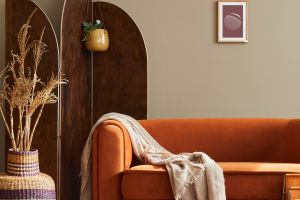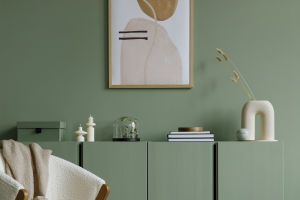As the air gets drier—especially when autumn kicks in—most of us rely on a humidifier to bring some moisture back into our homes. It makes the air feel more comfortable, helps with dry skin, and even improves sleep.
But here's the catch: if we don't use it the right way, a humidifier might do more harm than good.
So today, let's dive into everything we need to know to use a humidifier properly, keep our homes cozy, and protect our health!
What exactly does a humidifier do?
A humidifier's main job is to add moisture to the air. When our indoor air gets too dry, it can irritate our throat, dry out our skin, and even lower our body's defenses. A well-used humidifier can:
• Keep our skin hydrated: Moist air helps our skin stay soft and smooth, especially during dry seasons.
• Protect our breathing: Dry air can irritate our respiratory system, making us more likely to catch colds or develop infections. A bit more humidity can make breathing feel easier and gentler.
• Freshen the air: Some humidifiers help reduce dust and remove light odors, making the space feel cleaner and more pleasant.
• Boost relaxation: A nicely humidified room can feel like a mini spa—perfect for unwinding after a long day.
Who should be careful with humidifiers?
Even though humidifiers can be super helpful, they're not for everyone. Here are some groups of people who need to be cautious:
• People with joint issues: If someone at home has conditions like arthritis or other joint discomfort, too much humidity might actually make their pain worse. It's better to keep the air slightly moist, but not overly damp.
• People with breathing conditions: Those with asthma, bronchitis, or other lung problems need to be extra careful. If the humidifier isn't cleaned well, it might spread bacteria into the air, which could trigger breathing issues.
• Elderly folks and young kids: Their lungs are more sensitive. If we use untreated tap water in the humidifier, the mist could carry bacteria and tiny minerals that might irritate their airways or cause infections.
What's the right way to use a humidifier?
Now let's get into the do's and don'ts to make sure we're getting all the benefits—without the risks!
1. Always use clean water
Avoid pouring regular tap water directly into your humidifier. It often contains minerals and bacteria that, once turned into mist, can float around the room and end up in our lungs. Go for purified water or cooled boiled water instead.
2. Clean it regularly
It's easy to forget, but a dirty humidifier is like a breeding ground for mold and bacteria. Make it a habit to change the water daily and clean the inside at least once a week. After cleaning, let it dry completely in a ventilated space before the next use.
3. Don't overdo it
Running the humidifier all day long can make your home too damp. This isn't just uncomfortable—it can also make you feel sluggish or sleepy, and increase the risk of mold growth. Try turning it off every 2-3 hours and open the windows occasionally to keep the air fresh.
4. Watch the humidity level
Too much humidity can feel sticky and even cause furniture to mold. The sweet spot? Keep indoor humidity between 45% and 65%. If possible, get a humidifier with a built-in humidity control setting. That way, it automatically adjusts based on the room's needs.
5. Mind where you place it
Where we put the humidifier matters! It should sit between 0.5 to 1.5 meters above the ground on a flat, sturdy surface. Also, keep it at least 1 meter away from other electronics or furniture to avoid water damage.
Wrapping it up for you, Lykkers
A humidifier can be a wonderful addition to our homes—especially in dry weather—but only if we use it right. Let's remember to use clean water, clean it regularly, avoid over-humidifying, and always keep an eye on the moisture levels around us.
Have you been using your humidifier correctly? Or did any of these tips surprise you? Let us know—we're all learning together. Stay healthy and refreshed, Lykkers!


